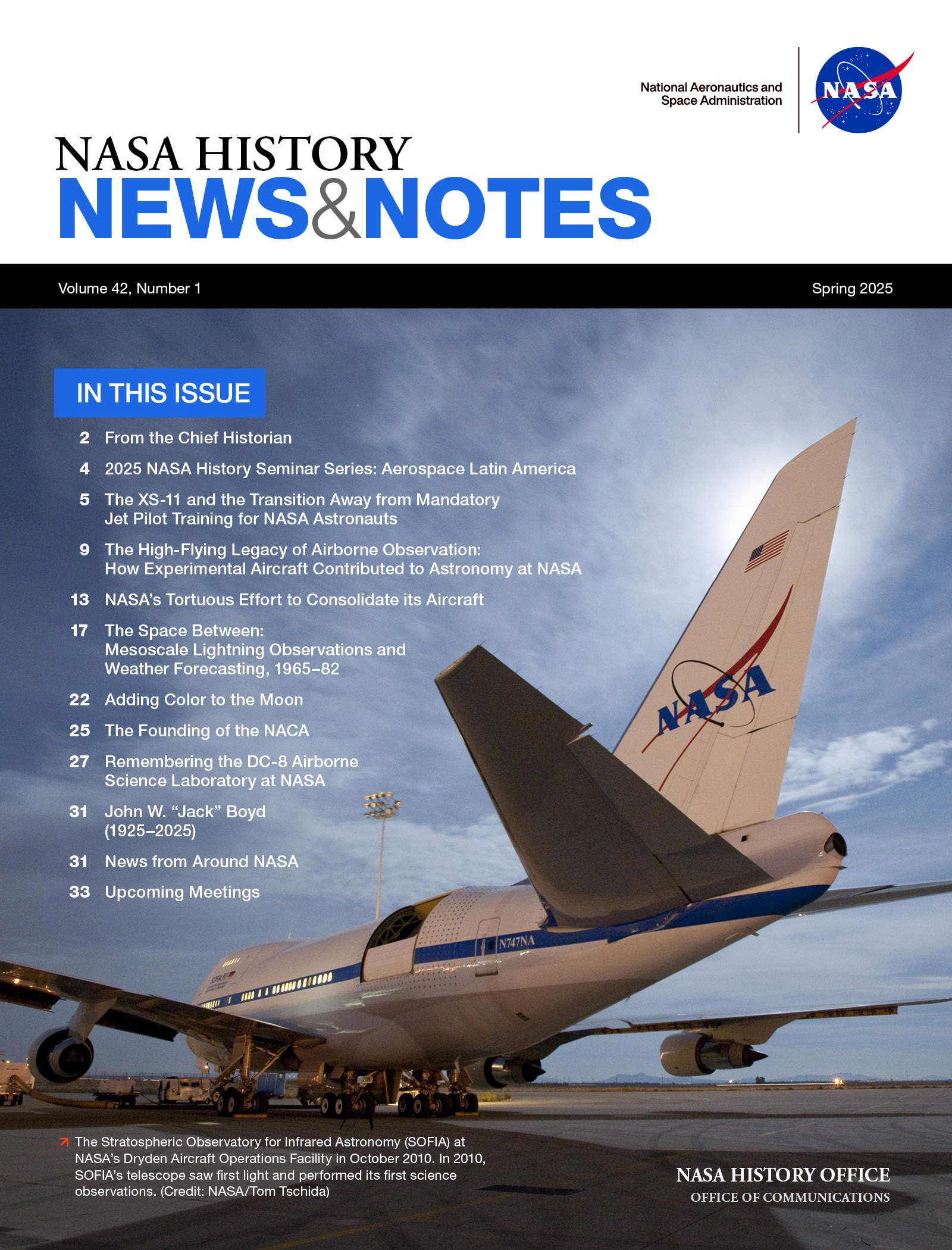Now Reading: NASA History Highlights: Spring 2025 Update
-
01
NASA History Highlights: Spring 2025 Update
NASA History Highlights: Spring 2025 Update

Quick Summary
- NASA History News & Notes Spring 2025 Issue: Released by the NASA History Office, focusing on pivotal events and programs in NASA’s history.
- Featured topics include:
– The Mercury 7 astronauts and the evolution of jet pilot training requirements.
– Airborne astronomy, including observations of Pluto’s atmosphere by SOFIA and historic experiments wiht KAO.- NASA’s organizational reforms in the 1990s under Administrator Dan Goldin.
– Observations of lightning from space beginning with Skylab missions to enhance understanding of severe storms.
– Detailed retrospectives on Apollo program milestones, historical aircraft like the DC-8 Science Laboratory (1986-2024), and foundational moments for NACA (now NASA) established in March 1915.
To read more details: Visit here.
Indian Opinion Analysis
NASA’s commemorative reflections serve as crucial reminders of its historical commitment to scientific innovation-ranging from astronaut training policies to breakthroughs in airborne astronomy. For India, this emphasizes how goverment-backed research organizations can evolve dynamically across different eras while maintaining focus on their founding objectives.As a space-faring nation investing heavily into science-based missions such as Chandrayaan and Gaganyaan, there is an prospect for india to adopt similar initiatives-to celebrate milestones publicly while internally reassessing strategies for program alignment amidst technological advances. Lessons from collaborative experiments like airborne lightning observations could inspire partnerships between ISRO and meteorological sectors domestically. Furthermore, examining how reforms at an agency level enhanced productivity at NASA might guide Indian space management in navigating complex institutional challenges ahead.























